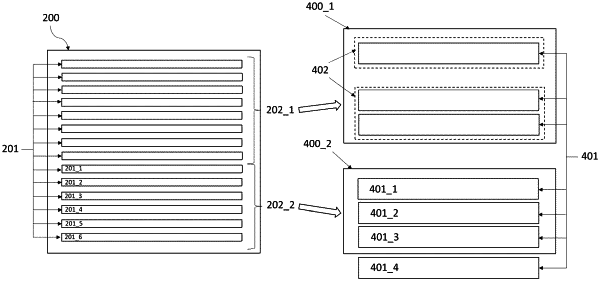| CPC G06N 3/088 (2013.01) [G06F 40/166 (2020.01); G06F 40/279 (2020.01); G06N 3/044 (2023.01)] | 9 Claims |

|
1. A method for automatically analyzing a transaction log comprising at least one transaction log of a distributed computing system, comprising a plurality of lines, the method comprising:
for each line of the plurality of lines of the transaction log
cutting the each line into words and associating the each line with a size that is defined as a number of words;
constructing a comparison vector by comparing the each line with other lines of the plurality of lines of the transaction log associated with a same size as said each line;
constructing a pattern from at least one word of the each line from the comparison vector;
creating an event per said pattern of said each line;
constructing at least one prediction model by training in an unsupervised manner an artificial neural network on a group of training events comprising at least one event of said event per said pattern of said each line, corresponding to a set of training lines comprising said plurality of lines of the transaction log, the at least one prediction model being configured to predict a next event that will take place in the transaction log;
for said at least one event
using the at least one prediction model to predict the event as the next event that will take place in the transaction log, from a group of prediction events comprising at least one event having taken place before the event in the transaction log;
generating from the at least one prediction model, a causal graph of the event comprising a causal relation for each event of the group of prediction events responding to a relevance condition.
|